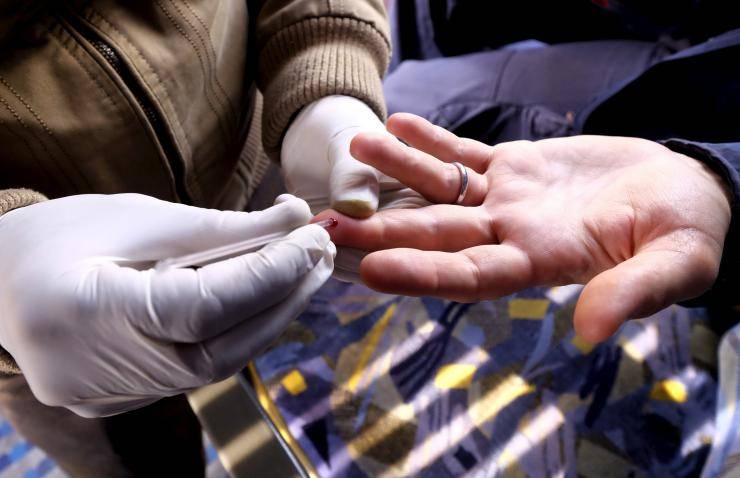With the political turmoil on the rise, news regarding the well-being of public often go unnoticed. However, there are some things that can have a huge impact if ignored by those who need to do something about them. Since last year or so, the news of a resistant superbug that causes typhoid fever has been in the media here and there. The patient faces high fever, headaches and severe stomach irregularities. This particular strain of typhoid is no different than the regular one, just that it does not respond to any common antibiotics at all. Doctors have been busy pumping all kinds of antibiotics into their patients to no avail. The point of origin seems to be a small town in Hyderabad Sindh and now it has spread to many other parts of the province. Small children and elderly are the most vulnerable to infectious diseases. Just like it happens in almost all other statistics regarding public sector, reliable data is not available.
However, according to one estimate, around 800 cases were reported within just a few months in 2016-17. The researchers have noted that the superbug, scientifically known as Salmonella typhi, is resistant to over half a dozen antibiotics, most that are being most commonly used countrywide. The World Health Organisation warned recently about this impending global emergency. It also noted that not enough new antibiotics are being made available to counterbalance the resistant superbugs.
The concept of using antibiotic substances for the treatment of every infectious disease is now being scrutinised as a long-term measure. Now there is a pressure to shift the focus towards the prevention of the disease. This has not only affected the local population but has also set off the international warning that it can be the prelude to superbug pandemics around the globe. The discovery of antibiotics changed the landscape of our planet and increased the life-expectancy to all time high. It enabled us to carry out life-saving invasive procedures. The variety of antibiotics helped target and limit countless infectious diseases. Now there is a fear that we might be heading back to the era where a small wound could cost life.
The disease is highly infectious and mostly spreads through unhygienic conditions and contaminated drinking water. Both of these issues have been widely affecting the people of Sindh since the last few decades. Not only the sanitation is extremely poor in rural Sindh, but the escalating electric and water crisis has perhaps aided the spread. People are not aware of the treatment options and available vaccines so very few avail it. Most importantly, the local population is not aware of how to prevent the disease in the first place.
Simple measures like using the water after boiling for a few minutes can reduce the disease burden tremendously. The other measure is to practice the habit of improved personal hygiene and schools can play a role in grooming children from a young age. The access to clean drinking water is the right of every citizen and should be among the first priorities of the government. The government has the responsibility to launch typhoid centres at the local areas that are the most affected. There is already a vaccination campaign being run in the most affected areas. The local residents should be provided with basic care along with awareness regarding disease prevention as well. Other than tackling the medical aspect of this issue, the analytical aspect should be investigated too.
There are many prestigious institutes in Pakistan. A central committee should be formed to investigate the particular causes and circumstances that gave rise to the super resistant typhoid in Pakistan. Perhaps it will give some added incentive to the medical care providers and institutes to discourage the blind usage of antibiotics for mild conditions like flue. The practice of self-medication in the masses also needs to be discouraged. This collaborative measure is the only way to be able to combat any other resistant infectious diseases in future. With the summer sun already raging from the skies, the concern now is that the number of casualties and severity of the disease can rise as dehydration and heat stroke in addition can be proven fatal these days.






